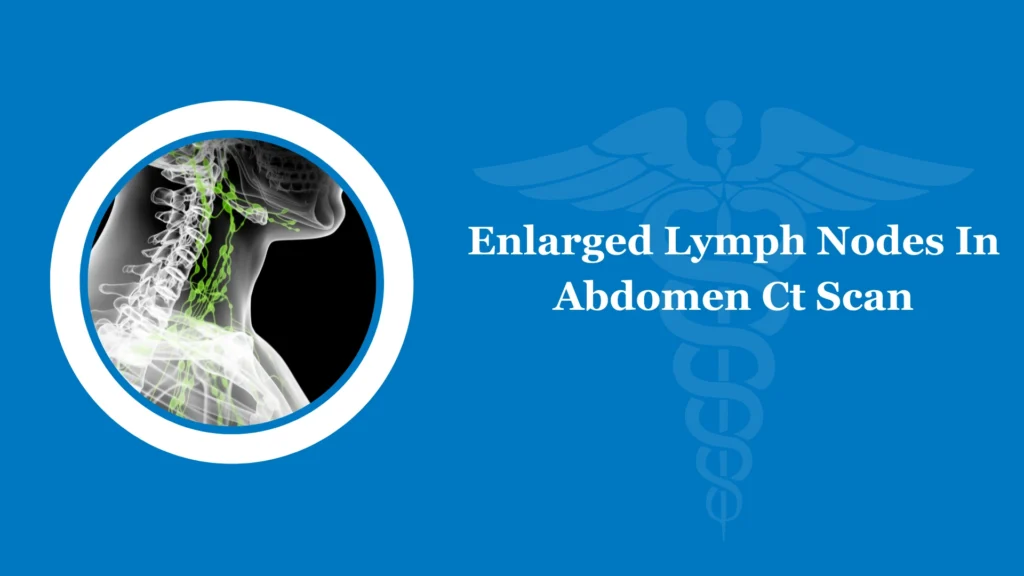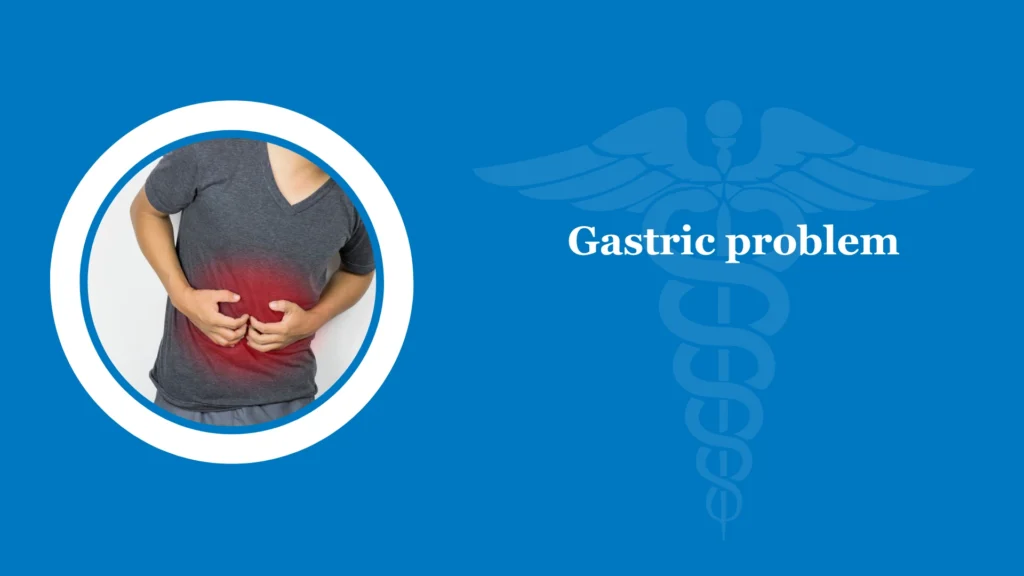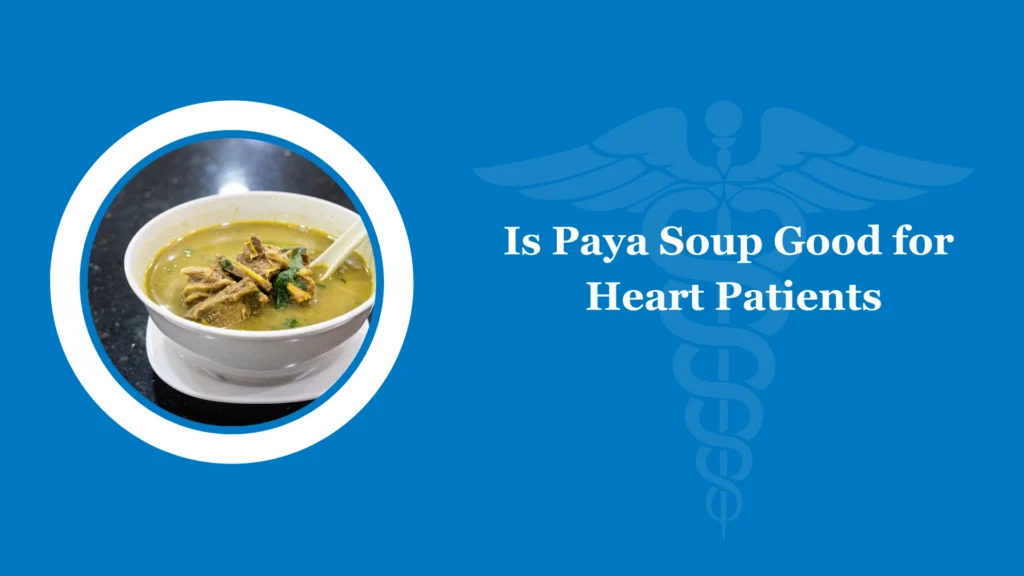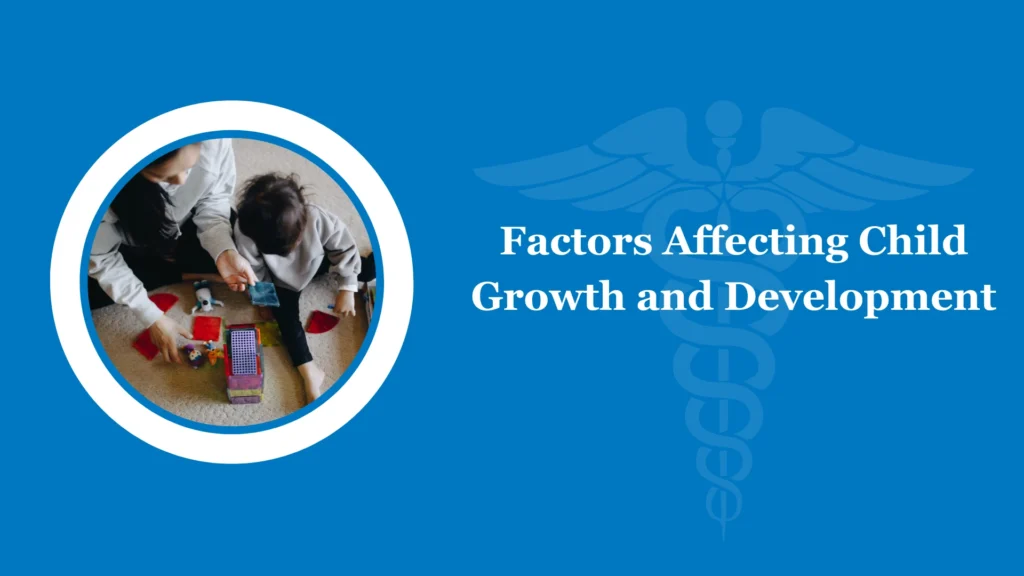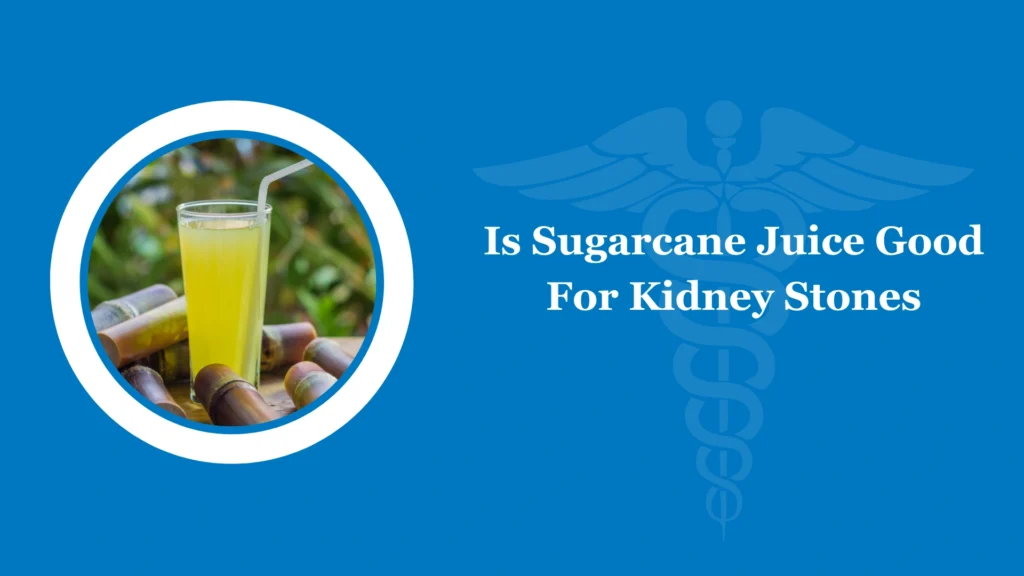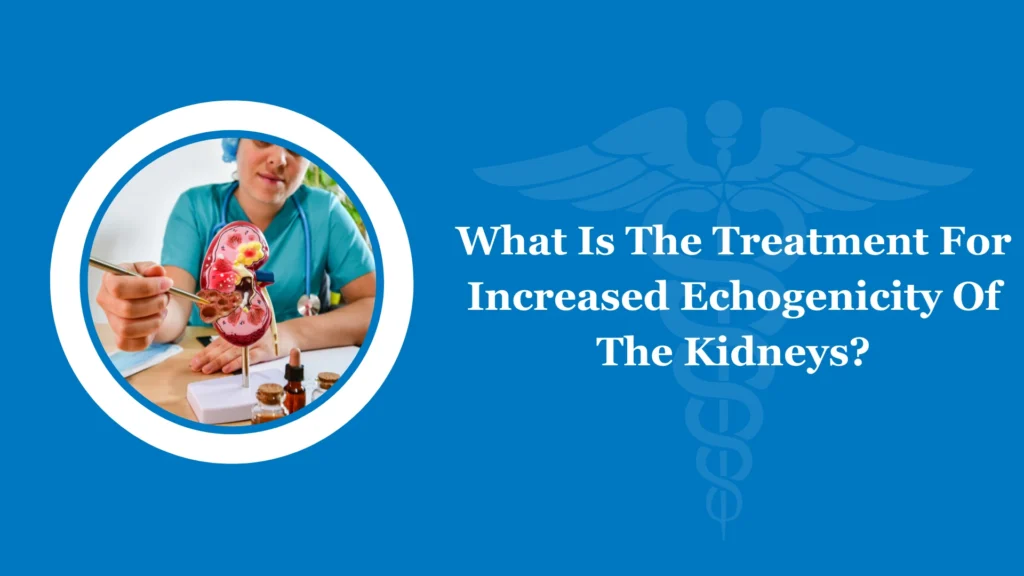IVF is a complicated process which is to be performed for persons who are facing infertility issues. The sperm and egg from the male and female partners are collected and developed in the laboratory. The fertilised embryo with good quality is then injected into the female uterus for further development.
It is considered as one type of assisted reproductive technology which means developing and fertilising embryos artificially. Let us explain in detail the 5 stages involved in Invitro Fertilisation.
Five Stages of IVF
Our life is fulfilled when we have a family of our own with our children. Without children our life seems not happy. Some couples are not able to conceive naturally due to environmental factors, physical and physiological factors, etc., To solve this problem there we gonna try this Invitro fertilisation method to get a high positive outcome result.
Pre-cycle Testing:
Before IVF treatment, every couple should undergo this pre-cycle testing including pelvic examination and transvaginal ultrasounds.
The ovarian reserve testing is done for female partners using a blood test and vaginal ultrasound to ensure the quantity of eggs which will decline according to age.
Stage 1: Ovarian Stimulation
The ovarian stimulation for assisted reproductive technology is usually done on the second or third day of the menstrual cycle ( i.e. in the early follicular phase). During each menstrual cycle, a group of eggs begins to mature but only one egg is ready to get fertilised among other eggs which disintegrate.
The stimulation phase includes the injection of 8-14 days to increase the egg counts produced by ovaries. This medication induces the two major hormones namely FSH ( Follicle stimulating hormone) and LH ( luteinizing hormone) .
The FSH injection induces the ovaries to produce more follicles and simultaneously the LH injection is used to induce ovulation. The size of the follicle to be measured using ultrasound. A follicle which is greater than 14mm, contains a highly mature egg. A trigger shot is given before 36 hours of egg retrieval period.
Stage 2: Retrieval of the Eggs and sperm cells
Egg Retrieval:
This process includes a collection of eggs which happens through inserting a thin needle into your vagina and by using a suction pedal your physician will pull your eggs from two ovaries through a follicle sack collected in a test tube and cryogenized.
Types of Sperm Retrieval:
Non- Surgical Method:
- A stimulation is caused for ejaculation of sperms using a special vibrator which is to be placed at the tip of the penis.
- Under general anaesthesia, electric energy is passed through the prostate and seminal vesicles using a probe to collect sperms.
Surgical Method:
- During the surgical method either a needle is inserted into the epididymis or testes and directly takes the sperms out or a part of the skin over epididymis or testes is ripped and collects sperms from it. This method is more flexible than conventional methods.
Stage 3: Fertilisation
After 3-5 days of egg retrieval procedure, the embryologist will try to fertilise all the eggs they have collected using intracytoplasmic sperm injection, or ICSI. The sperm is injected into the mature eggs to form an embryo.
Stage 4:Embryo development
For the next five to six days, your embryos are monitored carefully. A cluster of divided cells are formed by the fertilised cells and it is commonly called blastocyst which attaches deeper into the uterine walls.
Few of the embryos only progress to blastocyst stage, others may be discarded. When the embryo develops into blastocyst stage then it is the sign for embryo transfer.
Stage 5: Embryo transfer
When your embryo comes to the blastocyst stage followed by embryo transfer. This may be done after three to seven days of egg retrieval procedure. After successful insertion into the uterus, it may attach itself into the strong uterine walls and develop into a foetus.
It may occur in two types namely fresh and frozen embryo transfer. In fresh embryo transfer you may be injected into the uterus by your healthcare provider after the egg retrieval process and in frozen embryo transfer, the previous frozen egg or donor egg to be used to transfer into the uterus.
Why Choose IVF?
Individuals who are experiencing some medical conditions may undergo IVF treatment.
- Fallopian tube damage or blockage
- Ovulation disorders
- Endometriosis
- Uterine fibroids
- Previous surgery to prevent pregnancy
- Issues with sperm
- Unexplained infertility
- A genetic disorder
Sometimes maternal age also acts as an important factor to decide for In Vitro fertilisation method of pregnancy. Because the quantity of eggs will start to decline after a particular age for women. If an individual faces any medical condition in reproduction then they undergo this artificial method for getting pregnant.
Conclusion
Individuals who face infertility may choose this in vitro fertilisation method. Couples with multiple failures also try this. But make sure you are ready for the process. You must be physically and mentally well prepared before the process.
Age plays a major role in providing success rate for in vitro fertilisation pregnancy. Because women naturally after the age of 35 will decline the quantity of eggs produced from ovaries. Make your decisions early to overcome infertility. A complicated process which needs the support of your healthcare provider.
FAQs
What is the most important stage of IVF?
Embryo implantation, your physician may implant the developed embryo into the uterus under general anaesthesia involves much attention and careful process.
How long do the 5 stages of IVF take?
It takes nearly two months to complete. The process starts from initial consultation with the physician, pre-testing followed by ovarian stimulation which lasts for two weeks, egg pick-up, fertilisation of mature eggs, embryo development and embryo implantation.
Which stage of IVF is most difficult?
The most difficult stage in the advanced treatment is the two weeks period after embryo implantation into the uterus. This waiting period is considered to be the most difficult part. Because it determines whether the whole IVF process is successful or not.











